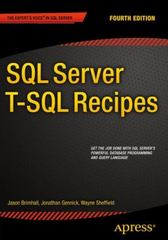Answered step by step
Verified Expert Solution
Question
1 Approved Answer
(a): (x.x) (b): (x.x) y (c): (xy.xz) y (d): (x.x) (y.yx) For each of the expressions, show what it reduces to. (If an expression doesn't
(a): (x.x) (b): (x.x) y (c): (xy.xz) y
(d):(x.x) (y.yx)
For each of the expressions, show what it reduces to. (If an expression doesn't reduce any further, just write the expression as-is as your answer.)
Hint: You are allowed to, and probably should, use an interpreter such as the one at http://jacksongl.github.io/files/demo/lambda/
Step by Step Solution
There are 3 Steps involved in it
Step: 1

Get Instant Access to Expert-Tailored Solutions
See step-by-step solutions with expert insights and AI powered tools for academic success
Step: 2

Step: 3

Ace Your Homework with AI
Get the answers you need in no time with our AI-driven, step-by-step assistance
Get Started


